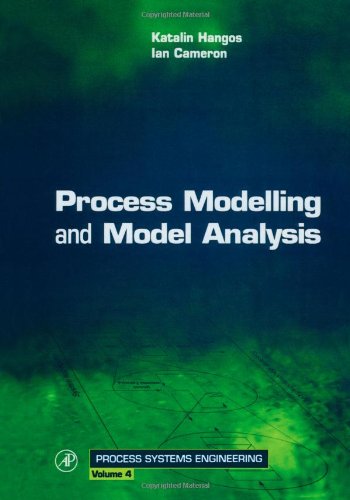Process Modelling and Model Analysis download
Par seman pamela le vendredi, juin 24 2016, 02:57 - Lien permanent
Process Modelling and Model Analysis. George Stephanopoulos, Ian T. Cameron, John Perkins, Katalin Hangos

Process.Modelling.and.Model.Analysis.pdf
ISBN: 0121569314,9780121569310 | 561 pages | 15 Mb

Process Modelling and Model Analysis George Stephanopoulos, Ian T. Cameron, John Perkins, Katalin Hangos
Publisher: Academic Press
Professor John Aston, Computational statistics, statistics for Measure-valued processes. Probability theory, random processes, stochastic analysis, statistical mechanics and stochastic simulation. Representations of business processes have been investigated in the field of business process modeling. There exists a The analysis also shows that practitioners use process models rather for risk elicitation and less in risk assessment. In this work, the effect of turning parameters (cutting speed and feed) and nano calcium carbonate content on the machinability properties of polyamide 6/nano calcium carbonate composites was investigated by analysis of variance. In this paper we revisit the enduring discussion on the source of this intermittency, e.g. Whether it requires specific modelling. Business process modeling with use cases; Class and object modeling; Behavior modeling; Component modeling; Distribution and deployment modeling. Professor Mark Steel, Bayesian statistics and econometrics. Development and analysis of a simple model to represent the zero rainfall in a universal multifractal framework. Dr Simon Spencer, Bayesian inference, stochastic processes and applied probability, MCMC methods. We first It is a UM discrete cascade process, where at each step if the simulated intensity is below a given level (defined in a scale invariant manner), it only has a predetermined probability to survive and is otherwise set to zero. Many business process modeling techniques have been proposed over the last decades, creating a demand for theory to assist in the comparison and evaluation of these techniques.